When fulfilling your e-commerce orders, supply chain efficiency plays a major role within the warehouse. Your supply chain performance measurements may fundamentally differ from day to day, depending on which facets need work. Many factors — both inside and outside the warehouse play a professional tug of war with your goals and intentions, requiring constant adjustment just to maintain the status quo. Few logistics professionals have time — from scratch, anyway — for constant recalibration, which is why Key Performance Indicators (KPIs) are so important.
Imagine if every decision that needed to be made at a fulfillment center had a barometer: if the number was too high, one action was taken; if it was too low, another action was called for. Can complex business drivers really be simplified to chart-checking like this? If you’re following the right KPIs, they absolutely can. Beyond the numbers, however, the attitudes and practices in your workplace determine how useful those KPIs can be.
There are a few techniques you and your team should be actively employing to improve supply chain efficiency.
1. Know Basic Stock Volume (Incoming and Outgoing)
You can examine orders every week, or every hour, but broad data is needed to ensure that background influences don’t have a hand in those ultra-fine numbers. Imagine, for example, that your fulfilled orders for a certain item took a dip every so often for no discernable reason. You would likely chase this trend forward and examine customer demands, believing the pull side of the equation to be at fault. If you have total inventory volume data, however, you might see that the supplier for that product has an erratic fill history, and the dip has nothing to do with customer pull rates at all. Karl Friesenbichler of Cerasis notes that your received order data is particularly important: if you fail to properly record stock when it arrives, you’d need to do two whole-warehouse inventories to obtain the same data through comparison. That’s not just a waste of resources on your end, it’s a missed opportunity to spot shortcomings or extra effort on the part of your supply chain partners.
Stable pyramids can’t be built point-down and remain balanced. You will need this broad swath of data to support finer detail and ensure that wide-scale improvements in your fulfillment center are set up for success. The small problems that constantly haunt warehouses — theft, damage, misplaced items, incorrect orders, poor pick times — all, on some level, filter back to items received to your facility from your supply chain, as well as where — and how — they were added into stock when they arrived.
By carefully measuring both incoming and outgoing stock volume, you’ll be in the right position to measure your warehouse efficiency at the base level. But your measurements can’t stop there.
2. Utilize Your Relationship with Your Suppliers
Supply chain performance measurement is about watching performance numbers in real-time along the entire supply chain. Granted, keeping an eye on every link in your chain at all times can be almost impossible. If you trust your suppliers to do their jobs without checking in periodically, you could be in for a surprise. As Rich Wagner notes in Supply & Demand Chain Executive, your supplier’s stability directly impacts your own. No matter the relationship, you can’t afford to put blind faith in anyone.
These check-ins don’t have to be overly formalized — even a casual conversation about the rigors of business and challenges facing their company can be incredibly insightful. But prepare yourself for the unpleasant discovery of “card holders” in your network, as well: supply chain partners that remain tight-lipped about any and everything that doesn’t involve your next order. While it’s not a universal constant, companies that keep transparency locked down often do so out of fear their vulnerabilities will be exposed. A strong, confident manufacturer or supplier should have no hesitations about surface-level questions into their financial health or future growth planning.
3. Focus On the Right Data
The Internet of Things (IoT) is an amazing tool for businesses overwhelmed by their own growth. The purity of data can be incredibly enticing when efficiency is on the line. Don’t let the lure of data blind you to what you can reasonably process, however. Too many data streams aren’t just difficult to juggle; they can actually have the opposite effect on your efforts: small, relatively unimportant streams of data can eclipse or confuse larger, more important ones. It won’t do your company any good to know how many customers order from Ohio on Thursdays if you aren’t sure how fast individual orders are moving through your warehouse or what your weekly spend is with a given 3PL provider. The easiest solution to this potential “data overload” is to align your measured KPIs and automated research resources to the goals you’re trying to accomplish: if your aim is to speed up that same order movement average, filter out any data that isn’t necessary for basic fulfillment operations, and secondly, doesn’t touch the picking/packing process that you’re trying to improve.
The key is to leave your possibilities open without necessarily dumping time and effort into every instance of data collection. If your supply chain partners or carriers make data available, download and store those data streams, but don’t look at them unless you need to for a specific issue or order. If you decide to shift your goal focus to 3PL performance later, that data will be ready and waiting for retroactive processing and comparison.
Once you’ve focused on the right measures, it’s time to implement the process and see how efficient your e-commerce supply chain can be.
4. Put a Face to All of Your Data
Without responsibility, data ceases to be a living part of your performance measurement. Numbers cannot explain how they rose or fell, they can’t offer insights into correction and they can’t indicate stressors such as problem employees. Team members, however, most certainly can. When you build accountability into your data collection and implementation, you gain individuals or teams who can be approached directly for answers. Victor Coronado explains that these individuals can also signal the need to adjust or retool data collection methods. For example, outdated metrics or metrics that overlap with another teams. When the data that fuels your KPI reports is shepherded by employees that not only care but have a sense of responsibility for the task, you’ll know that your goals are both properly aimed and realistic.
To make this change, start by asking for volunteers or assigning data to the most logical employees — those that have a direct hand in the facets of that data. This method will help you build a trustworthy, reliable network of reporting more naturally, one that’s up to enduring the many workflows inside your warehouse.
Supply Chain Efficiency Starts With KPI Best Practices
Measuring supply chain performance isn’t just about numbers. Do those numbers hold up to scrutiny and tell an expanded tale of business health in the process? Feed your KPIs the right fuel — clean, accurate data — and you’ll never have to wonder if you’re making the right choices in difficult logistics improvement situations.
See if Aero Fulfillment Services is the right fit for you by taking this 1-minute survey.

